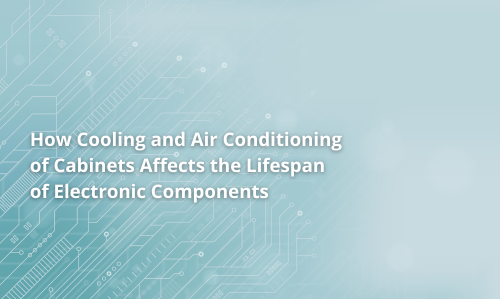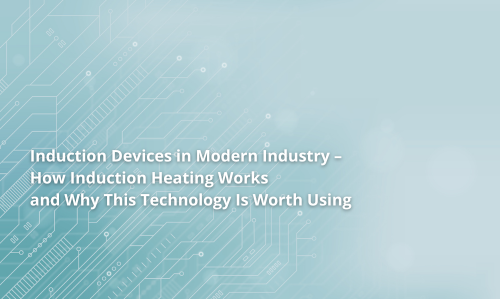Стаття описує водневі паливні елементи – технологію перетворення водню на електроенергію ефективно та екологічно. Розглядаються принципи роботи паливних елементів, їх застосування в автомобілебудуванні, промисловості та енергетиці, а також переваги, такі як швидка заправка, великий запас ходу та можливість інтеграції з відновлюваними джерелами енергії. Ця технологія є перспективним рішенням для сталого розвитку та енергетичного переходу.
Компоненти для енергоелектроніки, автоматики, електроніки, енерготехніки. Більше 140 провідних виробників.
kategorie produktowe
Zobacz wszystkie kategorieСтатті
-
Як охолодження та кондиціювання шаф впливає на термін служби електронних компонентівRead more
У статті обговорюється важливість охолодження та кондиціонування у шафах керування для підтримки терміну служби електронних компонентів. Пояснюється, як стабільна температура та вологість підвищують надійність промислових систем, описуються різні методи охолодження, роль конструкції корпусу та розташування компонентів, а також значення енергоефективності у сучасних промислових установках.
-
Як індукційні пристрої змінюють виробничі процеси?Read more
У статті пояснюється принцип роботи індукційного нагріву та показано, чому ця технологія дедалі частіше застосовується в сучасній промисловості. Описано будову й функціонування індукційних пристроїв, їхні основні переваги порівняно з традиційними методами нагрівання, а також широкий спектр застосувань — від гартування та паяння до плавлення металів і лабораторних досліджень. Стаття також знайомить з можливостями DACPOL SERVICE та підкреслює роль компанії як технологічного партнера у проєктуванні, впровадженні та сервісному обслуговуванні систем індукційного нагріву.





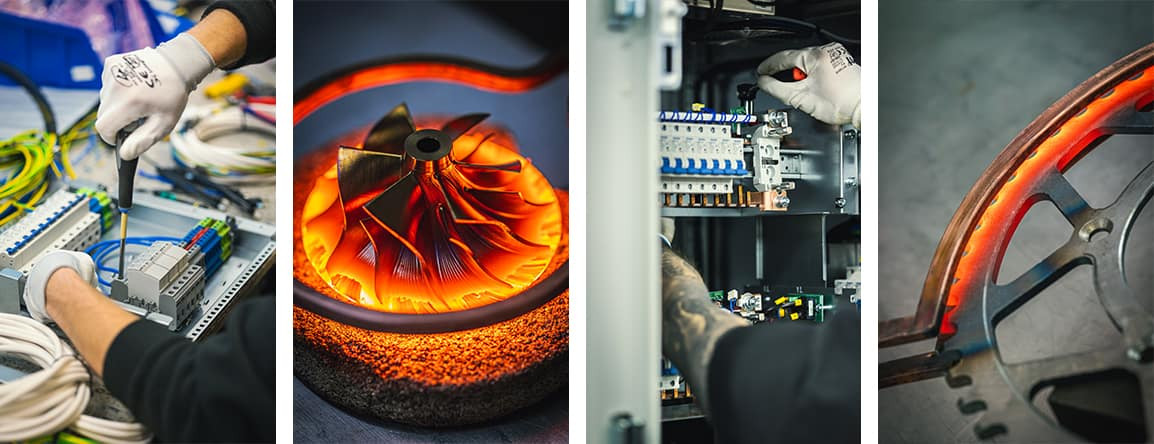

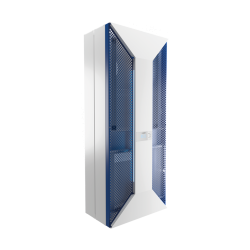


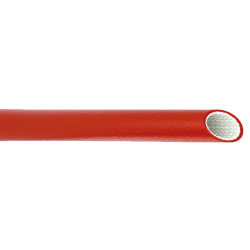

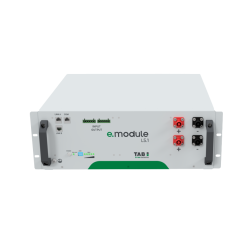

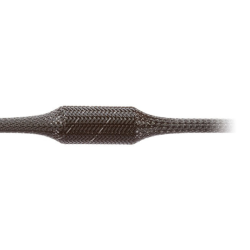



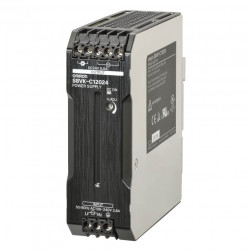
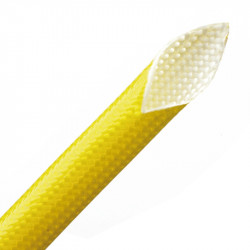

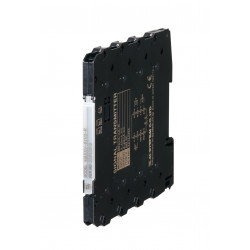



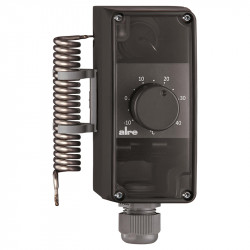








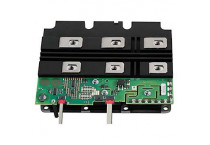
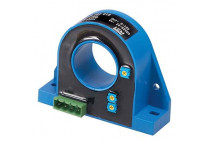
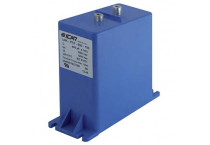
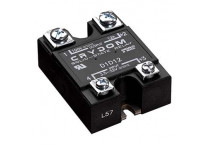
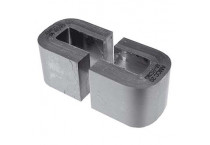
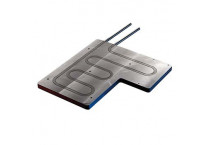
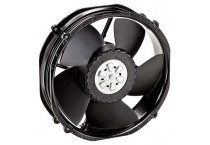
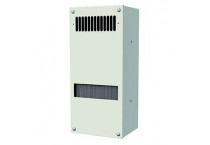
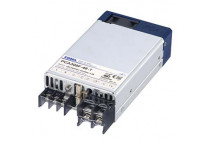
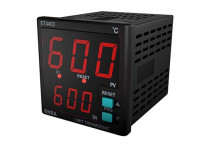
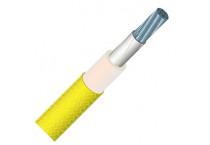

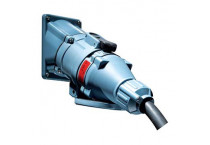
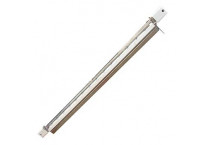
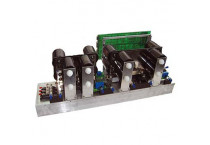
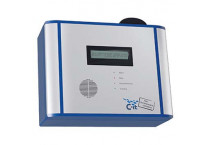
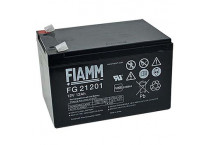

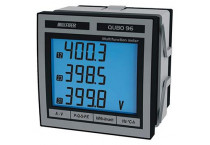
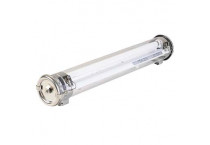
![Компоненти для небезпечних зон та вибухонебезпечних атмосфер [Приклад]](https://www.dacpol.eu/c/6823-catsmal_default/komponenti-dlya-nebezpechnikh-zon-ta-vibukhonebezpechnikh-atmosfer-priklad-.jpg)


